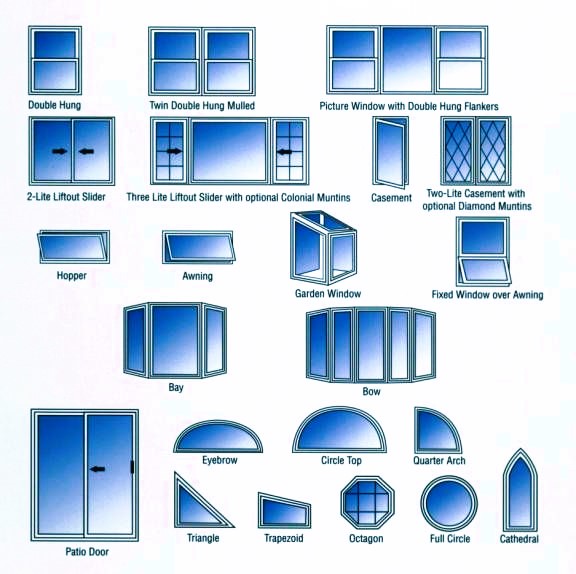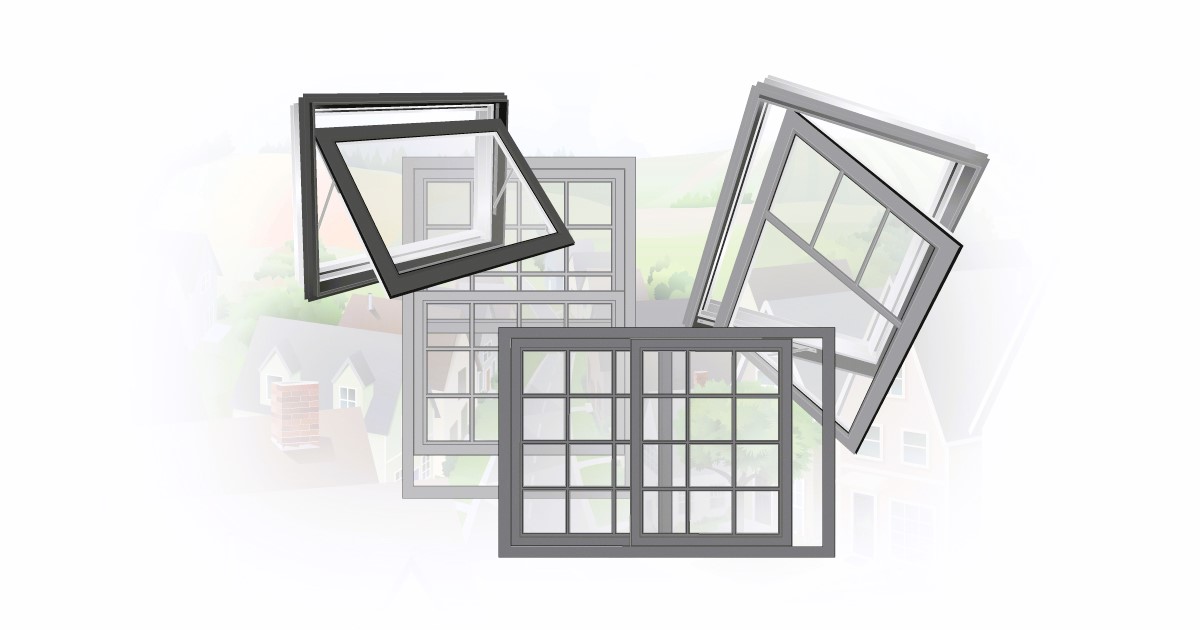Windows are not just functional elements of a home; they are also architectural features that can enhance its beauty and character. Choosing the right window types and styles can transform the aesthetics, functionality, and comfort of your living spaces. In this comprehensive guide, we will explore various window types and styles, helping you make informed decisions about which ones are the best fit for your home.
Understanding the Importance of Window Types and Styles
Windows play a significant role in the overall design and functionality of your home. They affect natural light, ventilation, energy efficiency, and the visual appeal of both the interior and exterior. Here are some key considerations when it comes to window types and styles:
- Architectural Aesthetics: Windows can be a focal point of architectural style, enhancing the overall curb appeal and interior design of your home.
- Natural Light: Different window styles allow varying amounts and angles of natural light, influencing the ambiance of your living spaces.
- Ventilation: The type of window you choose can impact airflow and ventilation within your home.
- Energy Efficiency: Some window styles offer better insulation and energy efficiency, potentially reducing heating and cooling costs.
- Functionality: Consider how you want your windows to function – whether you need easy access, privacy, or safety features.

Now, let’s explore popular window types and styles:
1. Casement Windows:
- Operation: Casement windows are hinged on one side and open outward with a crank handle. They provide excellent ventilation and a full, unobstructed view when open.
- Aesthetics: Casement windows have a classic, timeless appearance and work well in various architectural styles, including modern and traditional.
- Energy Efficiency: When closed, casement windows create a tight seal, making them energy-efficient and effective at keeping drafts out.
- Common Applications: They are ideal for locations where easy operation, security, and efficient ventilation are important, such as bedrooms and living rooms. What should you know when updating your windows to improve your home’s energy efficiency? Read more in our article.
2. Double-Hung Windows:
- Operation: Double-hung windows consist of two vertically sliding sashes, allowing you to open the top or bottom sash independently. They provide flexible ventilation options.
- Aesthetics: These windows have a traditional look and are commonly found in older homes.
- Versatility: Double-hung windows are versatile and suitable for various architectural styles. They are also easy to clean due to their tilting sashes.
- Common Applications: They are often used in bedrooms, living rooms, and kitchens.
3. Sliding Windows:
- Operation: Sliding windows have one or more sashes that slide horizontally past each other. They offer simple and space-saving operation.
- Aesthetics: Sliding windows have a modern and minimalist appearance, making them suitable for contemporary designs.
- Ventilation: Sliding windows provide excellent horizontal ventilation and unobstructed views.
- Energy Efficiency: Their design with overlapping sashes provides good insulation.
- Common Applications: Sliding windows are commonly used in living rooms and spaces where a wide view is desired.
4. Awning Windows:
- Operation: Awning windows are hinged at the top and open outward from the bottom. They create an awning-like effect when open, allowing ventilation even during light rain.
- Aesthetics: Awning windows have a unique appearance that complements modern and contemporary designs.
- Ventilation: They provide ventilation while keeping rain out, making them suitable for bathrooms and kitchens.
- Energy Efficiency: When closed, awning windows form a tight seal, contributing to energy efficiency.
5. Bay and Bow Windows:
- Design: Bay windows consist of three or more windows angled outward, creating a projecting bay area. Bow windows are similar but have a curved shape.
- Aesthetics: These windows add architectural interest, create additional interior space, and offer panoramic views.
- Natural Light: Bay and bow windows allow abundant natural light to enter your home.
- Common Applications: They are often used in living rooms, dining rooms, or areas where you want to create a cozy nook or seating space.
6. Picture Windows:
- Design: Picture windows are large, fixed windows that do not open. They are designed to frame and showcase outdoor views like a picture.
- Aesthetics: Picture windows are elegant and contemporary, providing an unobstructed view of the surroundings.
- Natural Light: They maximize natural light and are excellent for rooms where ventilation is not a primary concern.
- Common Applications: Picture windows are commonly used in living rooms, bedrooms, and spaces where the view is a focal point.
7. Skylights:
- Design: Skylights are windows installed in the roof or ceiling, allowing natural light to enter from above.
- Aesthetics: Skylights add a unique design element to your home and can make interior spaces feel more spacious.
- Natural Light: They bring abundant natural light into areas that may not have traditional windows, such as attics or bathrooms.
- Energy Efficiency: Some skylights are designed with energy-efficient features to minimize heat gain and loss.

Choosing the Right Window Types and Styles
Selecting the right window types and styles for your home involves considering your specific needs, architectural design, and personal preferences. It’s essential to strike a balance between aesthetics and functionality while keeping energy efficiency and budget in mind. Link to Wikipedia – Window
Whether you opt for the timeless elegance of casement windows, the classic appeal of double-hung windows, or the modern look of sliding windows, your choice of windows can enhance the beauty, comfort, and functionality of your home. Carefully assess your requirements and consult with a window specialist or architect to make the best decision for your living spaces.

